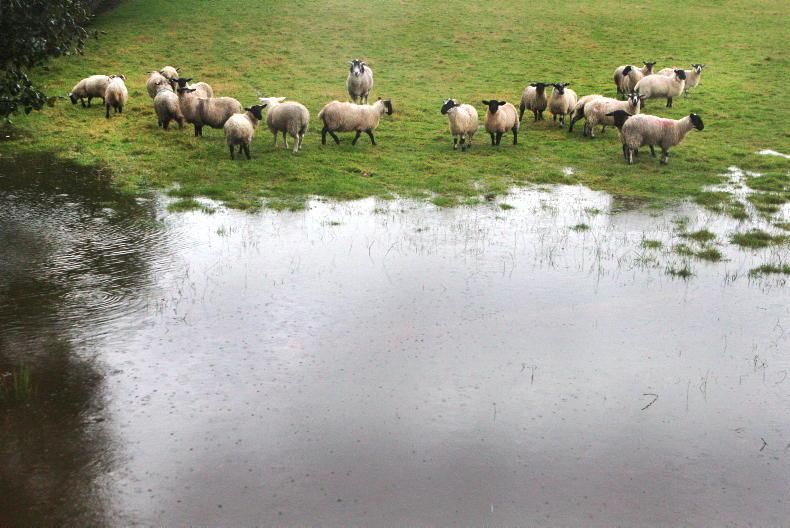Closing plan
The adverse weather is resulting in grass reserves being depleted much quicker than anticipated. There is little point in discussing the importance of having 60% of the grazing area closed by early December as this target is already well passed on a high percentage of farms.
A discussion cropping up a bit is how the favourable grass growth in recent weeks has resulted in relatively good covers of grass developing on swards that were closed first. There is a strong temptation to go back in and graze these given how tight grass supplies are for many.
This temptation should be resisted, as the value of this grass next spring will be far greater than the temporary reprieve achieved now.
The only exception to this is where a small percentage of ground was closed with a significant cover already present, and there is a risk of grass quality deteriorating and other swards closed are capable of compensating to keep grazing targets on track.
This needs to be judged carefully, as with high fertiliser and concentrate prices, the last thing you want is to compromise on grass supplies next spring.
Plans should now also be put in place to deal with earlier housing or the introduction of supplementary feed.
Housing concerns
There have been many reports in recent weeks of significant health issues occurring where lambs have been housed for finishing indoors.
The higher than normal temperatures in sheds are a significant contributor, and while there was a reprieve for a few days last week, sheds are generally warmer than normal for the time of year.
There have been comments with light lambs in particular that recent adverse weather has been very hard on their system, and that the immune system of some lambs is weaker as a result.
This is also possibly evident in lambs which are short of condition and at much lighter weights for the stage of the year.
It is advisable where dealing with high-risk lambs to have clostridial disease and pneumonia vaccines administered where possible in advance of housing.
Having lambs trained in to eating meals will also lead to a smoother transition from an outdoor to indoor environment. Lambs should be housed if at all possible on a dry day with a relatively dry fleece.
Once housed, it is important to monitor lambs closely to ensure that all lambs are eating.
There will inevitably be some lambs that will take longer to start eating meals or are slow eaters, and in this case it is recommended to remove these lambs to a pen of their own for preferential treatment.
Identifying any health issues promptly will deliver massive benefits in limiting the spread of disease.
LambPlus regional meetings
Sheep Ireland are holding five regional meetings over the next two weeks. These include Jacksons Hotel, Ballybofey Donegal on 29 November, The Ellison Hotel, Castlebar, Mayo and the Gleneagle Hotel, Killarney, Kerry on 30 November, New Park Hotel, Kilkenny on 6 December and Mullingar Park Hotel, Westmeath on 7 December.
The meetings, which start at 7.30pm, are timely given the launch of the Sheep Improvement Scheme and will discuss an overview of the scheme including genotyping of stock rams and options for breeders to capture increased demand for genotyped rams in the years ahead. See www.sheep.ie for more.






 This is a subscriber-only article
This is a subscriber-only article











SHARING OPTIONS: